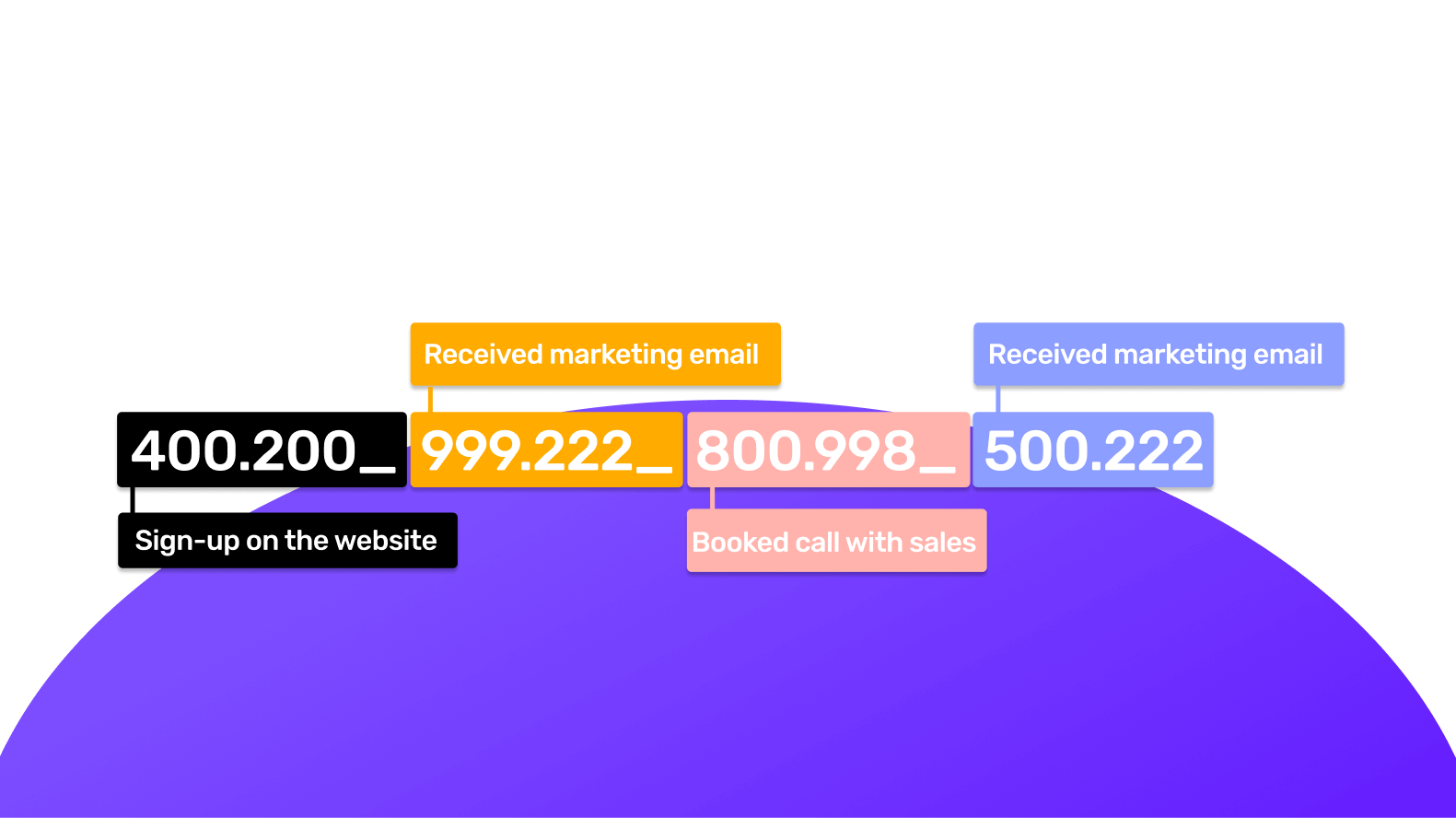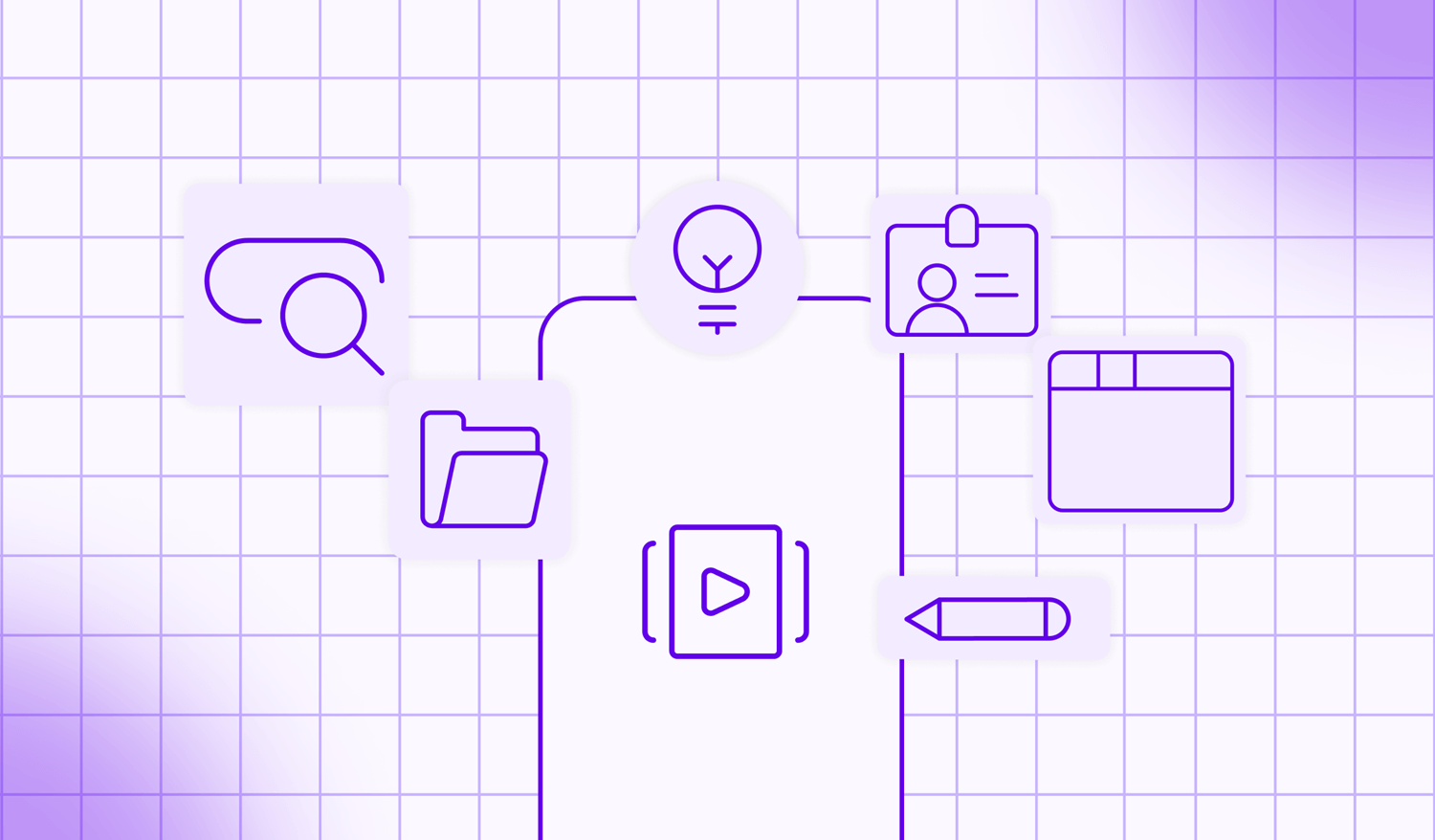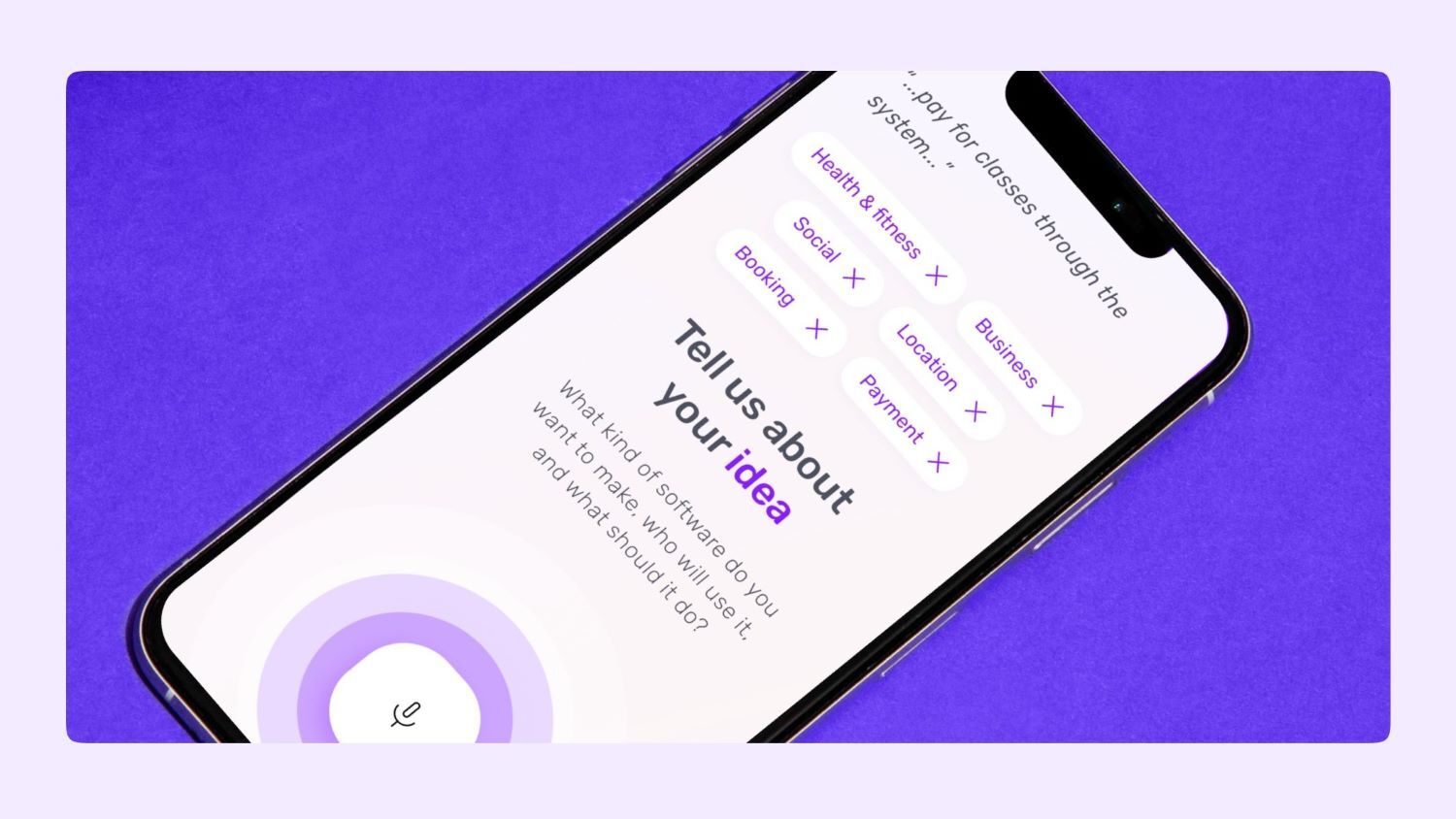If you think you know the customer journey of your company, think again. You might know a rough journey that a customer could take, but you're still far away from the reality of what is actually happening and how.
This is when the Dewey code comes into play. You can get full control over the most frequent journeys within your company so that you can adjust your product and marketing strategy accordingly.
What’s a Dewey code?
Let’s start with this. When was the last time you went to a library?
At the back of your book, you’d see a long number indicating the section of the book and different categories (+subcategories). For example, a Dewey code for a book about “parakeets” could be something like 900.121.300, which could mean:
900: nature section
121: birds
300: UK
That's a Dewey code.
What if we apply the same code principle to the customer journey? Each action within the customer journey would have its library code indicating where it's coming from.
Example: Sign-up on a website could be 400.200
400: customer acquisition
200: homepage visited
At this point, each customer would have a long code showing exactly where they have been within the customer journey.
Example: 400.200_999.222_800.998_500.222
400.200 = sign-up on a website (as shown above)
999.222 = received an onboarding marketing email
800.998 = booked and concluded a call with sales
500.222 = purchased the product
You can replace numbers with letters or whatever looks easier. Adding campaign variants or different other variants could also give more detail to the code. This will also be useful later on in a dashboard, where you'll be able to filter as much as you can.
For example, you can filter by every onboarding comms received by the customer. This will show emails, SMS and so on, which are classified as part of the “onboarding” campaign.
Why would you track the customer journey?
Customer journey tracking is like having a GPS system for your business — it helps you navigate the details of your customers' experiences with your brand. Here's why it's so crucial 👇
Customer engagement and behaviour
Understand the level of customer engagement at each event. This metric helps in identifying popular touchpoints and potential areas for improvement.
Tracking the customer journey allows you to see exactly how customers interact with your brand at every touchpoint. From the first time they hear about you, to the moment they make a purchase and beyond — you can understand their behaviour, preferences and pain points.
Time analysis
Measure the duration it takes for a customer to move from one event to another. This analysis gives you insights into the efficiency of your customer journey and identifies potential bottlenecks.
Cost analysis
Evaluate the cost associated with each step in your customer journey. This analysis helps you understand the resource allocation and efficiency of different stages, so you can make better decisions.
Identifying pain points
By analysing the customer journey, you can pinpoint areas where your customers may encounter obstacles or frustrations. This could be anything from a confusing payment option, to slow response times or customer service inquiries. Once you identify them, you can address these pain points to improve your overall customer experience.
Optimising marketing efforts and personalisation
Customer journey tracking helps you understand which marketing channels and campaigns are most effective at different stages of the customer journey.
Once you know where your customers are coming from and how they're interacting with your marketing materials, you can allocate your marketing budget more effectively and tailor your messaging to better resonate with your audience.
Today's consumers expect personalised experiences, and tracking the customer journey gives you the data necessary to deliver them.
And there's more…
That’s right, because the Dewey Code doesn’t just give insights about customers but also how you work as a company. You'll be able to notice all of these internal steps that are probably not needed or think about adding more, if required. You'll finally have the truth in front of you and you can start testing what works best.
How are other companies using the data?
Some of the other companies tracking the customer journey:
Amazon
Amazon is renowned for its extensive use of data analytics to track customer behaviour and personalise the shopping experience. They employ sophisticated algorithms to analyse customer journeys, from product searches to purchases, and use this data to recommend products, optimise pricing and streamline the checkout process.
Netflix
Netflix uses customer journey tagging to personalise content recommendations for each user.
By tracking viewing habits, search history and interaction with the platform, Netflix can suggest movies and TV shows that align with a user's preferences, increasing engagement and retention. This way, each user would have a completely different experience when opening Netflix.
Uber
Uber uses customer journey tagging to optimise the ride-hailing experience. From booking a ride to rating the driver, Uber tracks every step of the customer journey to identify areas for improvement and enhance customer satisfaction.
They also use data to personalise promotions and incentives to encourage repeat usage.
Airbnb
Airbnb employs customer journey tracking to enhance the booking experience for travellers and hosts alike.
By analysing search behaviour, booking patterns and feedback, Airbnb can tailor search results, recommend accommodation and provide support throughout the booking process, resulting in a more seamless and satisfying experience for users.
This is how you can tag events with a Dewey Code
Next, we'll explain how to exactly apply Dewey codes to your company’s events:
- Think about the structure of your code. Start by mapping the customer journey, explaining exactly what happens step by step. Then see the map with a bird’s-eye view from 50,000 feet. What are the main steps of the journey? Does each event need a variant or are they all unique events?
- Once the structure is agreed, list all the events in a spreadsheet and give a Dewey code for each event.
- Move the events and Dewey code into a different sheet, which will be a “digestible format” for different systems to ingest.
- Find a “token bus”. A system that contains active events for your company and tag each event with a Dewey code you established beforehand. The Dewey code will need to be embedded within the event property. The reason why we call it a “token bus” is because each Dewey code should be seen as a token and so the system would be able to assign the token and carry it to the next system.
- The next system where the event will be carried out depends on the aim of your customer journey tracking. So you could connect it to your marketing tool or data reporting system. It’s up to you.
- At this point, each customer has a very long Dewey code attached to their User ID.
If you don’t have the engineering resources to do the above, there are tools within Mixpanel and Hubspot that can help you and give you a basic understanding of your current customer journey. This is by analysing behavioural and marketing events available to track.
Conclusion
Mapping and analysing your company’s customer journey isn't a vanity project — it’s one of the most important projects to work on to take your business to the next level. That’s where you really deliver what the customer is looking for and boost your sales.
“Silvia is Special Ops Programme Manager — Customer Journey. She’s an experienced growth marketer and has been developing marketing strategies, creating effective CRM lifecycle programmes and driving conversions. With over 8 years of experience, she brings together global teams to execute plans and confidently align leadership around those plans.”












 Facebook
Facebook X
X LinkedIn
LinkedIn YouTube
YouTube Instagram
Instagram RSS
RSS


